OT - Mrsmortamixer & Others - How to Season Cast Iron?
AnnaA
9 years ago
Related Stories
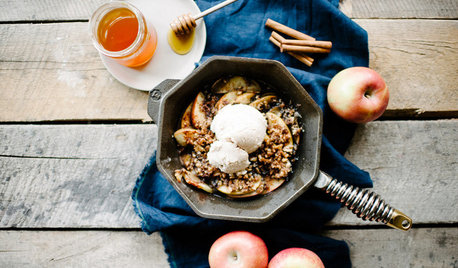
SHOP HOUZZShop Houzz: The Cast Iron Kitchen
Celebrate cast iron with cooking accessories and home accents
Full Story0

REMODELING GUIDESOriginal Home Details: What to Keep, What to Cast Off
Renovate an older home without regrets with this insight on the details worth preserving
Full Story
GARDENING AND LANDSCAPINGEco-Friendly Fire Pits: Casting Backyard Campfires in a New Light
Wood burning may be discouraged — even illegal in places — but that needn't mean forsaking the fire pit. Try one of these alternatives
Full Story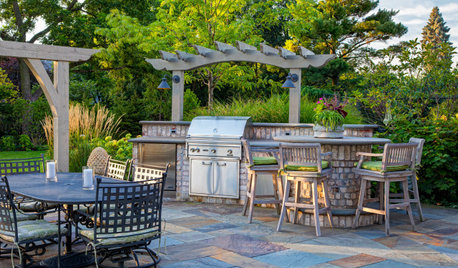
OUTDOOR KITCHENSYour Grill Season Checklist
Get your barbecue in top shape and round up essential grilling tools to make your backyard cookouts sizzle
Full Story
MOST POPULARBudget Decorator: Shop Your Home for a New Look
Redecorate without spending a cent by casting a creative eye on the showroom called home
Full Story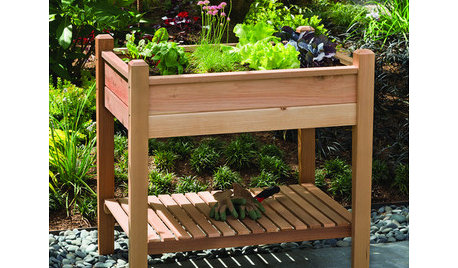
PRODUCT PICKSGuest Picks: 20 Outdoor Planters to Green Up Your Patio
Bring the garden to you with stylish pots, urns and other planters of all shapes and sizes
Full Story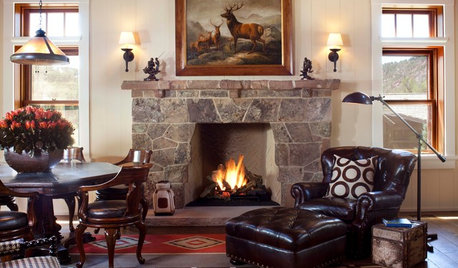
HOUZZ TV FAVORITESHouzz TV: Flickering Virtual Fireplaces to Warm Your Heart
Sit back and enjoy a crackling fire set to seasonal music and surrounded by ideas for your own dream living room
Full Story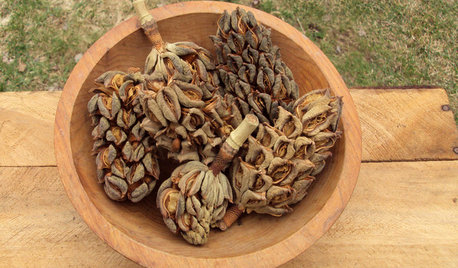
LIFE8 Ways to Embrace the Wonder of Fall
Savor the small joys of the new season with these ideas for home and the outdoors
Full Story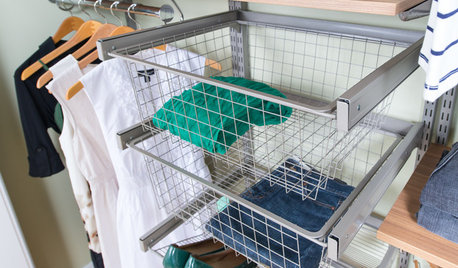
CLOSETSHow to Store Your Clothes to Keep Them Looking Good Longer
Here’s what clothes to fold, what to hang and how to stash your off-season stuff
Full Story
LIFEA Month-by-Month Guide to ‘Downton Abbey’ Withdrawal
Missing Lady Grantham’s zingers? Edith’s furrowed brow? Romance simmering downstairs? Here’s help to get you through until season 6
Full StoryMore Discussions








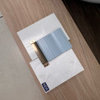

Betsy Kocsis
rmtdoug
new-beginning
farmhousebound
springroz
AnnaAOriginal Author
spanky_md
christina222_gw